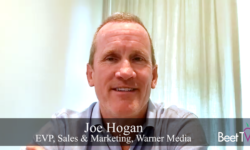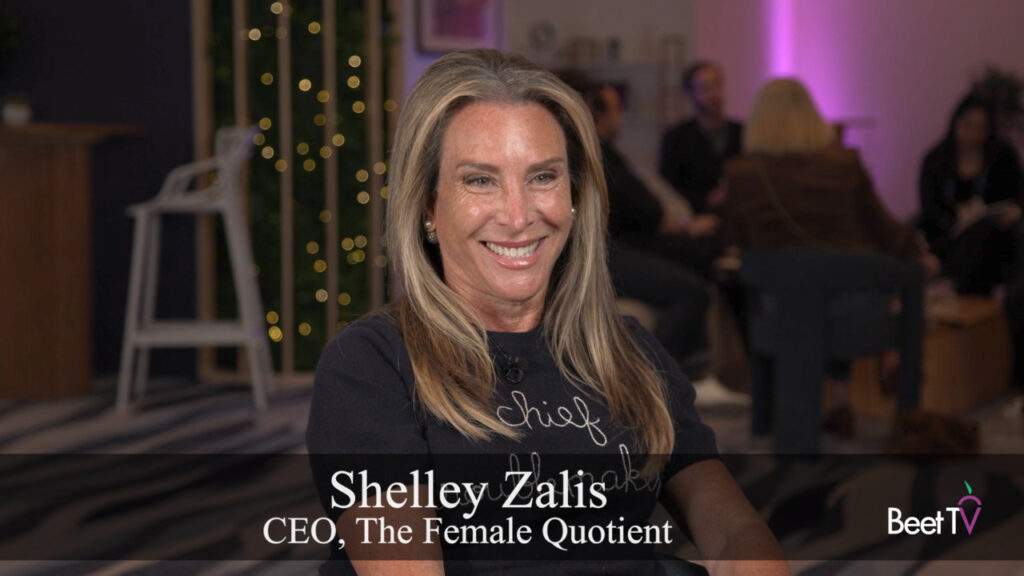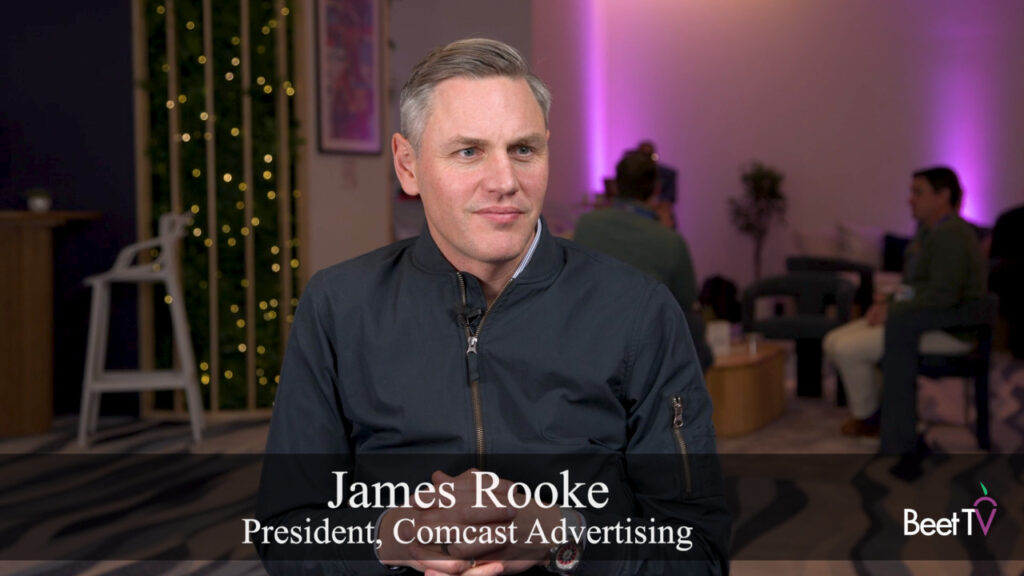Audience measurement has become more crucial for television networks and their advertisers, which are being lured to spend more on digital outlets including social media and internet search. The coronavirus pandemic has added to these competitive pressures as marketers seek to squeeze the best performance from tighter media budgets.
Demonstrating the power of TV advertising increasingly requires more complete data that show how consumers follow the path from seeing an ad to acting upon it. Tracking consumers along this journey, often called the “purchase funnel,” is a key part of making TV more competitive with digital rivals.
“We need to prove that television can do more,” Noah Levine, chief revenue officer of TV analytics firm 605, said in this episode of the Beet TV/VAB “TV Reset” forum. “The efficacy of television is greater than display, it’s greater than search.”
Speaking to Sean Cunningham, president and chief executive of VAB, Levine recommended that advertisers abandon “last-click” attribution that tends to favor companies further down the sales funnel. Those companies include the digital media giants that are adding more online shopping features to drive direct sales for retailers and brands.
“Last-click attribution has done a major disservice to marketers, agencies, media sellers — basically everyone except for Google and Facebook,” Levine said.
“Full-funnel attribution” that starts with brand lift at the top of the purchase funnel is one way for TV networks and marketers to gauge the effect of ads on “mid-funnel” activities like website visits, foot traffic through mobile geolocation and direct sales, he said.
To track TV viewership, 605 combines set-top box information with automatic content recognition (ACR) data to provide a more complete picture of what viewers are watching. 605 tracks the viewing habits 21 million U.S. households, and projects the information among the general population.
While audience measurement has come a long way since asking people to record their viewing habits in written diaries, there is still room for improvement. Measuring audiences across platforms, including “walled garden” environments like Facebook, and achieving unduplicated reach are a challenge.
“Unfortunately, I don’t believe we as an industry have solved the cross-platform, unduplicated reach problem yet,” Levine said. “We have to be able to process that digital exposure data.”
You are watching TV Reset, a leadership forum produced in partnership with VAB. The series is presented by 605 and Magnite. For more videos please visit this page.











































